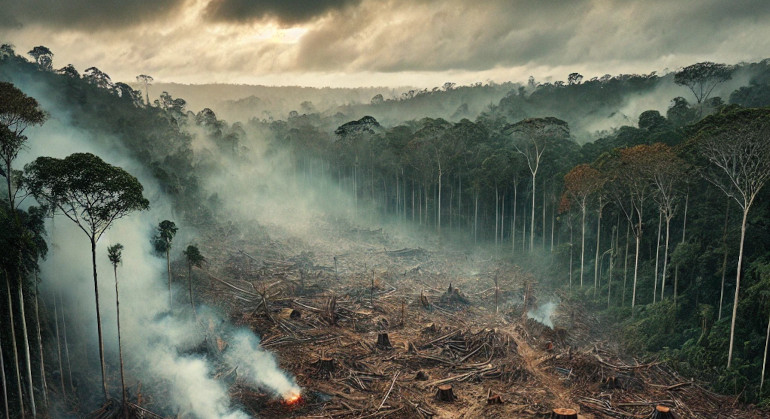


The use of soy in animal feed has become increasingly prevalent due to its high protein content, affordability, and efficiency in promoting growth in livestock such as poultry, pigs, and cattle. However, this practice comes with both significant advantages and drawbacks, making it a topic of ongoing debate in the agricultural industry.
Soybeans are an excellent source of protein, which is crucial for the growth and development of animals. Soybean meal, which is the by-product of oil extraction, contains approximately 44-48% protein, making it one of the most concentrated plant-based protein sources available. This high protein content is essential for meeting the dietary needs of livestock, especially in poultry and swine production, where rapid growth is a key goal.
Soybean meal provides a balanced profile of essential amino acids, particularly lysine, which is often deficient in other plant-based protein sources. This balance of amino acids makes soy a highly effective feed ingredient, helping to improve the overall growth rate, feed conversion efficiency, and health of animals.
Soy is relatively inexpensive compared to other protein sources such as fish meal. Its widespread availability and large-scale production make it a cost-effective choice for feed manufacturers, which helps keep the cost of animal production lower. This affordability is crucial for maintaining food security by keeping meat and dairy prices more accessible to consumers.
Soybean crops have a high yield per hectare, making them a productive crop in terms of protein output. This high yield helps to maximize the use of agricultural land and contributes to the global supply of protein-rich feed.
One of the most significant environmental concerns associated with soy production is deforestation, particularly in South America, where vast areas of the Amazon rainforest and other ecosystems have been cleared to make way for soybean plantations. This deforestation leads to the loss of biodiversity, disrupts local ecosystems, and contributes to global climate change through the release of stored carbon dioxide.
The large-scale monoculture of soybeans can lead to soil degradation and reduced soil fertility over time. Monocultures are often associated with increased susceptibility to pests and diseases, requiring higher inputs of chemical fertilizers and pesticides, which can further harm the environment and reduce long-term agricultural sustainability.
The expansion of soybean cultivation has also been linked to the displacement of indigenous communities and small-scale farmers in regions like Brazil and Argentina. Large agribusinesses often acquire vast tracts of land for soybean production, sometimes at the expense of local communities' rights and livelihoods. This can lead to social unrest, loss of traditional agricultural practices, and increased poverty in these areas.
There is some debate over the health impacts of soy-based feed on animals and, subsequently, on humans consuming animal products. While soy is generally considered safe, concerns have been raised about the presence of antinutritional factors in soy, such as phytates and trypsin inhibitors, which can affect nutrient absorption. Additionally, the widespread use of genetically modified (GM) soy raises questions about long-term health effects, although scientific consensus currently indicates that GM soy is safe for consumption.
The global trade of soybeans, particularly from countries like Brazil, creates dependencies that can affect food security. Any disruptions in soy production, such as droughts, political instability, or trade restrictions, can lead to price volatility and supply shortages, which could impact the cost and availability of animal feed worldwide.
The use of soy in animal feed offers significant nutritional and economic benefits, making it a staple in the global livestock industry. However, its environmental and social impacts cannot be overlooked. To address these concerns, there is a growing emphasis on sustainable practices, such as improving crop rotation, reducing deforestation, and supporting fair trade. Additionally, research into alternative protein sources and more sustainable agricultural practices is crucial to mitigating the negative effects associated with soy production. Balancing the benefits of soy with its environmental and social costs is essential for ensuring a sustainable future for animal agriculture.